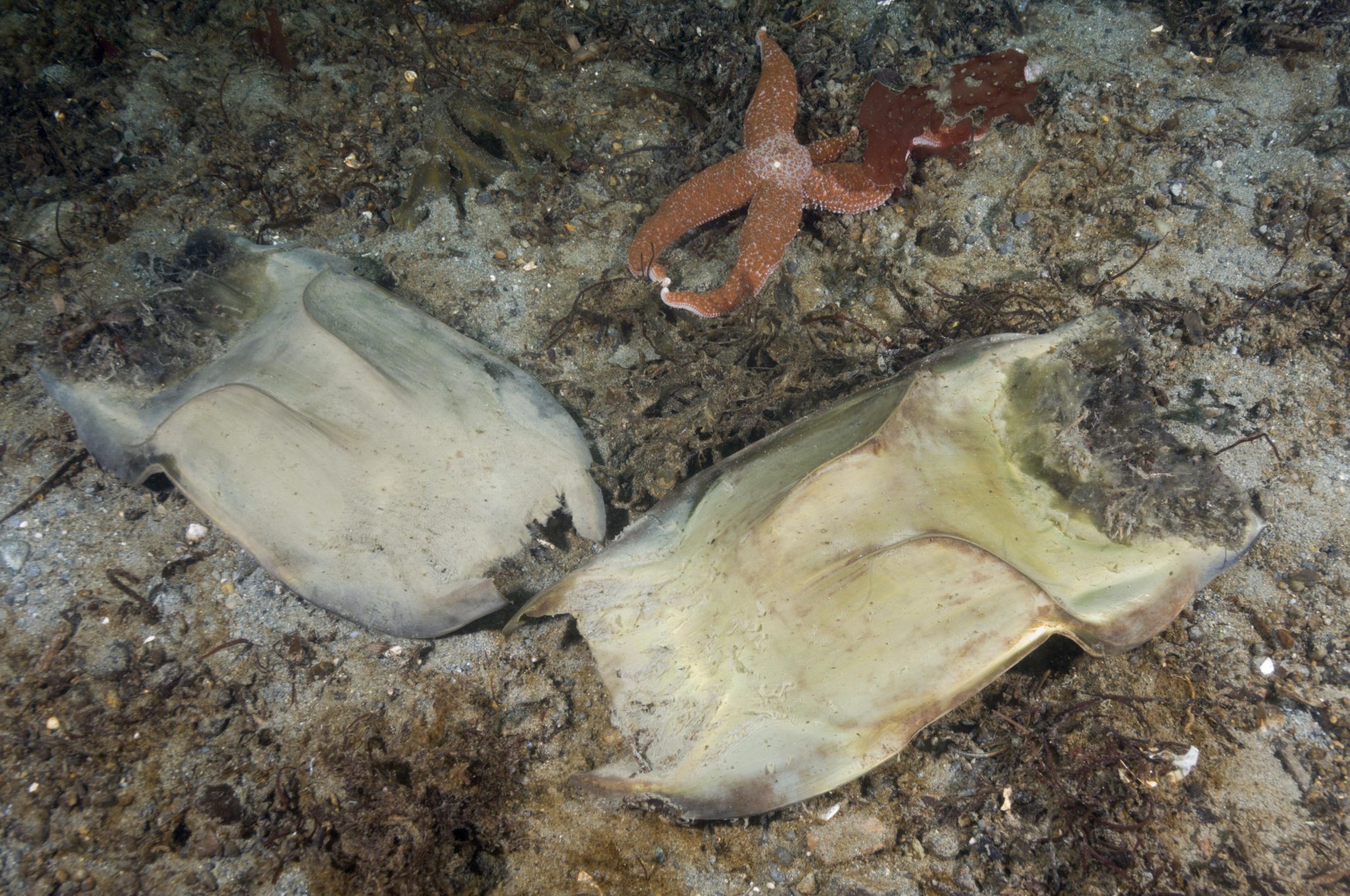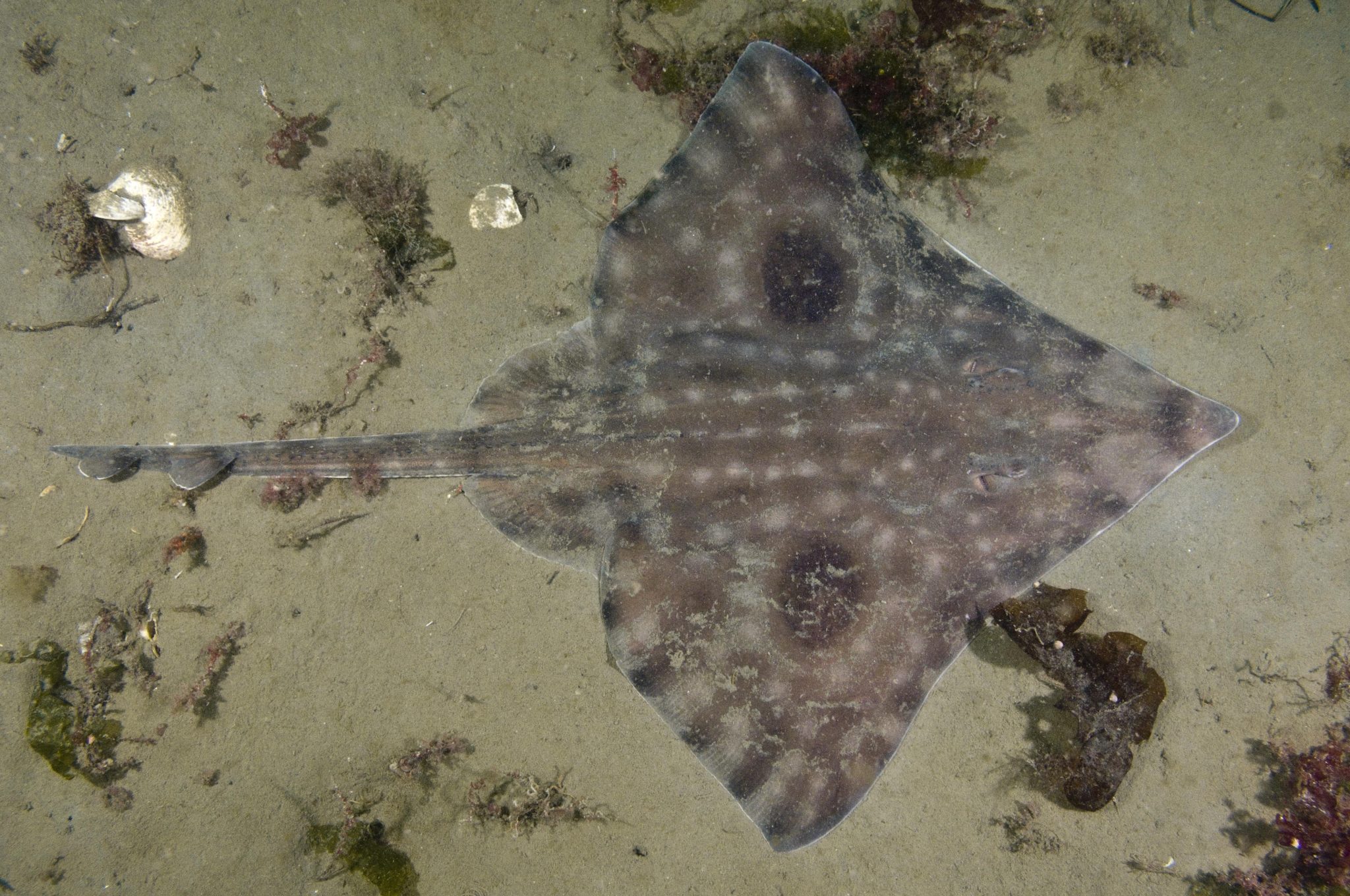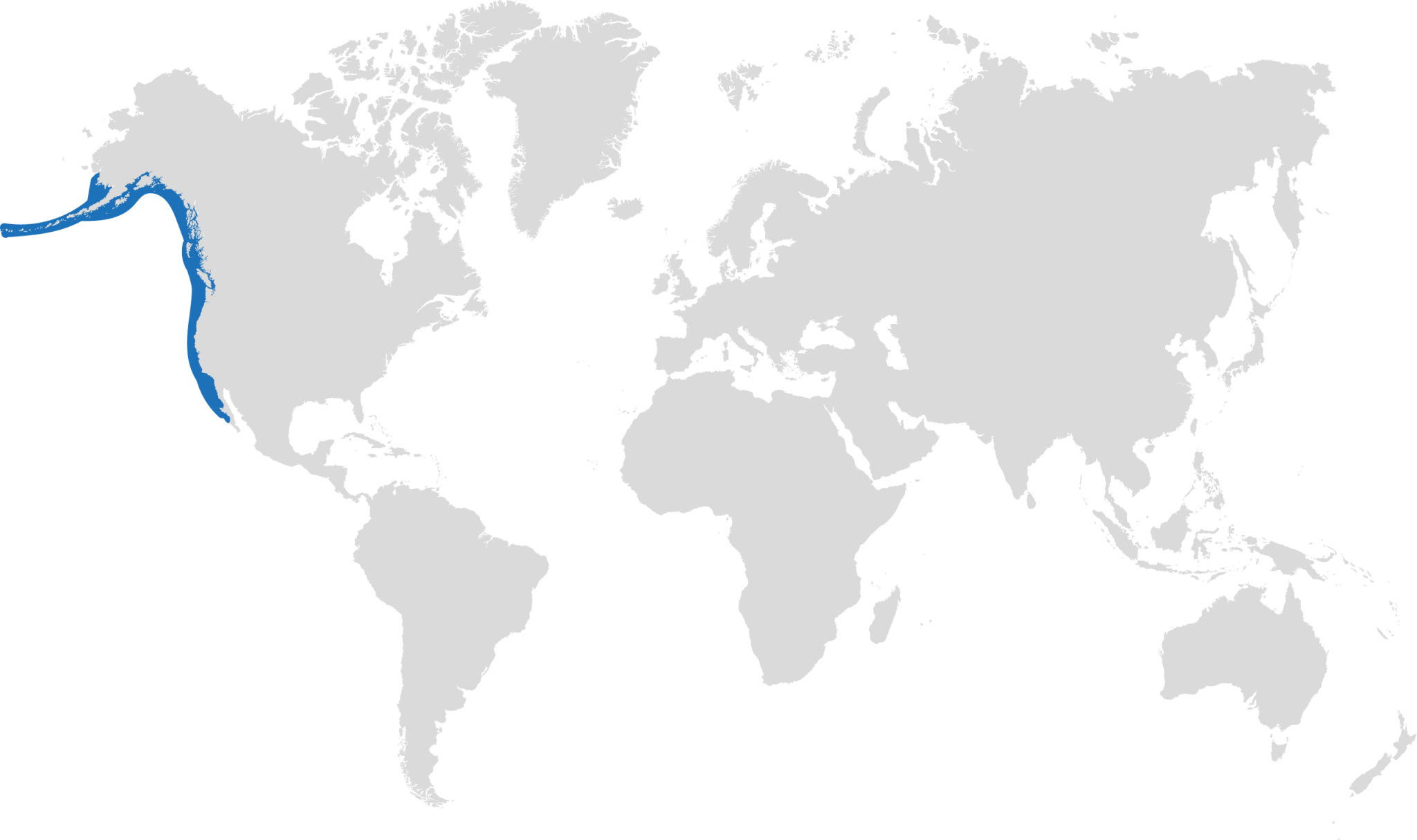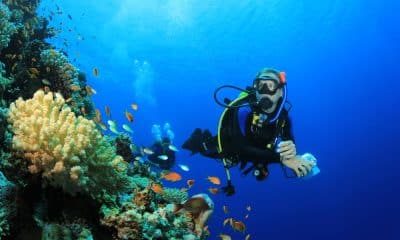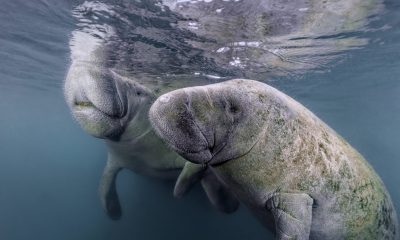Marine Life & Conservation Blogs
Creature Feature: Big Skate
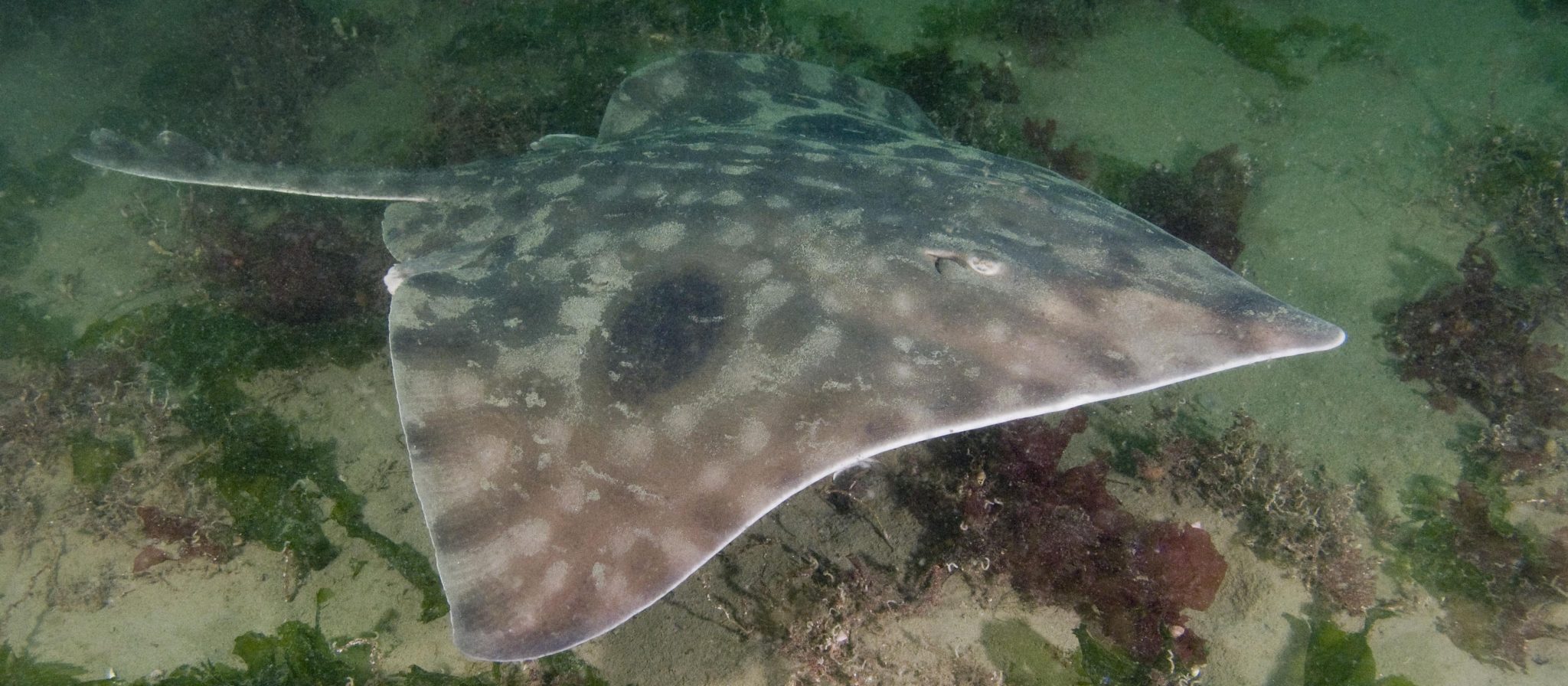
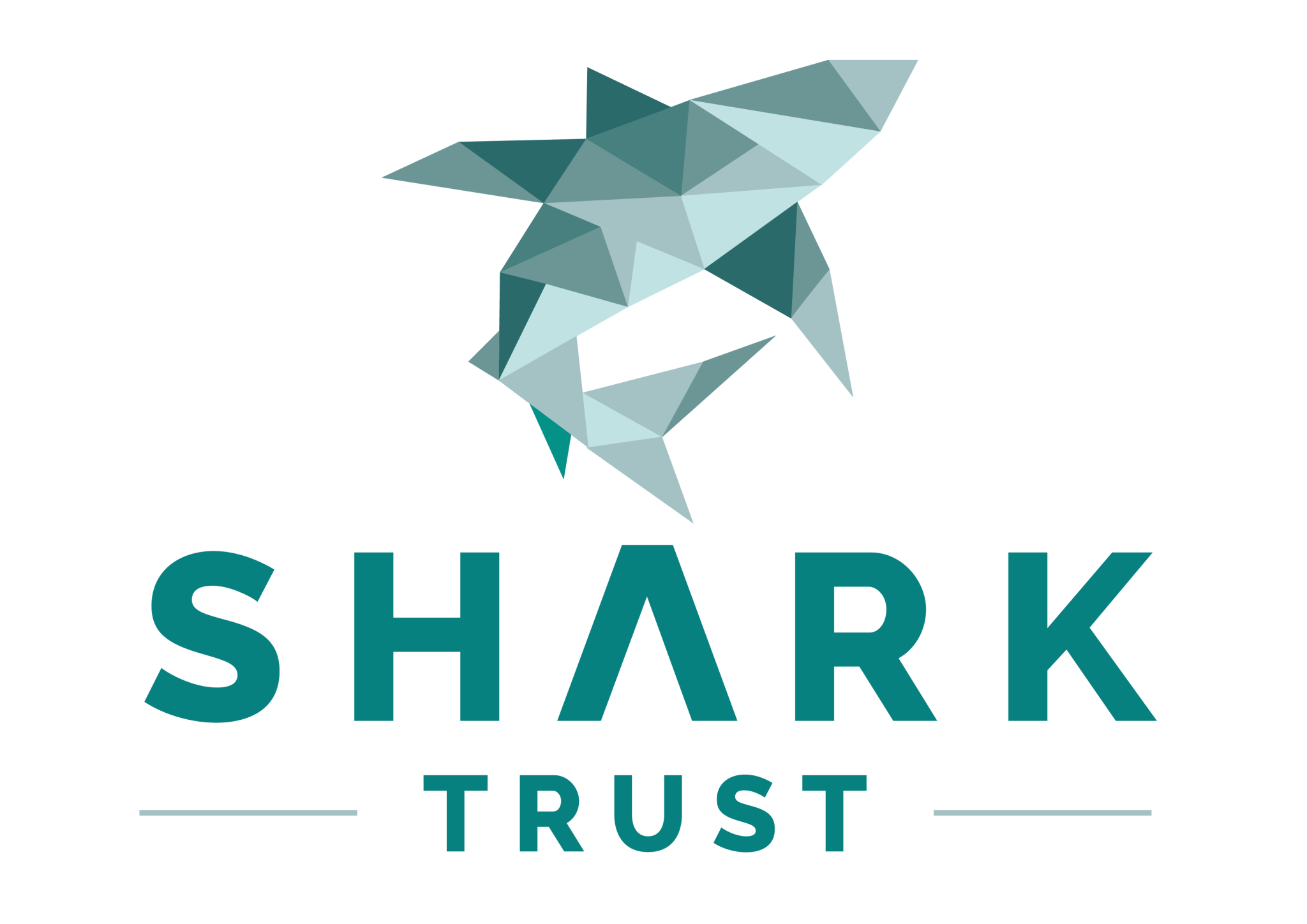 In this series, the Shark Trust will be sharing amazing facts about different species of sharks and what you can do to help protect them.
In this series, the Shark Trust will be sharing amazing facts about different species of sharks and what you can do to help protect them.
This month we’re focusing on the Big Skate, a species which might just have the most self-explanatory of all common names. It’s big and it’s a skate.
The largest species of skate in North American waters, the largest Big Skate (Beringraja binoculata) on record was measured to be 2.4m long! Found only in the north-eastern Pacific Ocean, these skate can be found at depths anywhere between 3-800m, although they are more commonly found shallower. Big Skate have a distinctive diamond-shaped body and likely have the largest eggcases in the Rajidae family, measuring 22.8-30cm long!
In addition to their great size, their eggcases are remarkable because they usually contain 3-4 embryos (up to 8!), making them one of the only species of elasmobranch to contain multiple embryos in their eggcases! They have been known to produce up to 360 eggcases per year in captivity. Now let’s assume an average of 3.5 embryos per eggcase, then in one year, they have the potential to produce 1,260 babies! It is therefore one of the most reproductive of all elasmobranchs[1]. In the wild of course, not all of the embryos would be successful due to predation and other natural factors. Elephant seals have sometimes been recorded to eat Big Skate eggcases.
Like many other species of skate, they have large ‘eyespots’ on the pectoral fins which are thought to be used to deceive predators and make them more hesitant to attack. This is a form of mimicry and can be found in butterflies, reptiles, cats, birds and fish. A great example are the eyespots on the feathers of peacocks!
One theory behind their function is that the resemblance of the eyespots to the eyes of predators’ own predators produces an intimidating effect[2]. But other theories argue that it is simply how noticeable they are to predators that stimulates avoidance behaviour[3]. Other studies have found that it can be a form of ‘self-mimicry’, wherein the eyes draw the predator’s attention away from its most vulnerable body parts. They can also play a role in courtship behaviours.
Scientific Name: Beringraja binoculata
Family: Rajidae
Maximum Size: 290cm (total maximum length)
Diet: Marine invertebrates such as shrimps, worms and clams, sometimes small fish.
Distribution: North-eastern Pacific Ocean, from Alaska to Baja California.
Habitat: At depths of 3-800m. Commonly founder shallower – between 100-200m in sandy/muddy coastal bays and estuaries.
Conservation Status: In general, the Big Skate is not a major fishery target, although there are commercial and recreational fisheries in Californian waters where it is commonly landed as bycatch. Together with Longnose Skate*, these two species account for 99% of the skate landings in British Columbia[4]. They are currently listed as Least Concern on the IUCN Red List, however there are a lack of species-specific stock assessments in certain areas, and so this is just an estimate.
IUCN Red List Status: Least Concern
*Note, the common name ‘Longnose Skate’ can refer to several species of skate. In northeast Atlantic and Mediterranean waters, it refers to Dipturus oxyrinchus. In southeastern Australian coasts, the skate is Dentiraja confusa. In the northeast Pacific, the name refers to Beringraja rhina.
For more great shark information and conservation visit the Shark Trust Website
Photo Credits: Andy Murch
[1] Wallace, S. (2006). Seafood Assessment: Longnose Skate and Big Skate Raja rhina and Raja binoculata. SeaChoice. Blue Planet Research and Education.
[2] Karin Kjernsmo et al. Resemblance to the Enemy’s Eyes Underlies the Intimidating Effect of Eyespots, The American Naturalist (2017). DOI: 10.1086/693473
[3] Martin Stevens, Chloe J. Hardman, Claire L. Stubbins, Conspicuousness, not eye mimicry, makes “eyespots” effective antipredator signals, Behavioral Ecology, Volume 19, Issue 3, May-June 2008, Pages 525–531, https://doi.org/10.1093/beheco/arm162
[4] Wallace, S. (2006). Seafood Assessment: Longnose Skate and Big Skate Raja rhina and Raja binoculata. SeaChoice. Blue Planet Research and Education.
Blogs
Seal Encounter Dives at Lundy Island
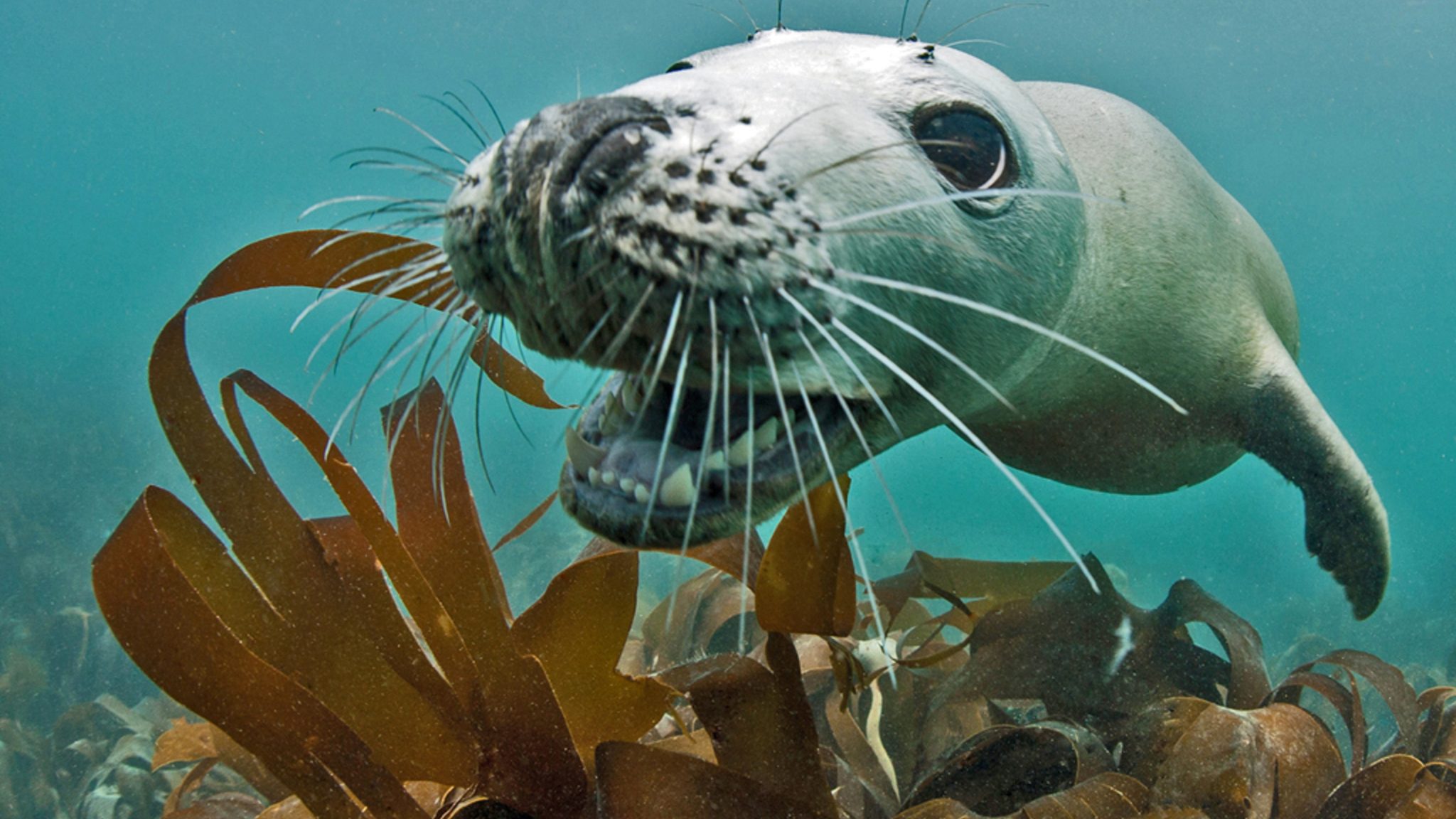
Voted No. 3 on the Top 10 Ultimate British Isles Bucket List by The Independent, these dives offer the closest marine mammal encounter available to divers in the UK. Friendly and playful, respectful divers are often rewarded by incredible interaction with the Lundy Seals.
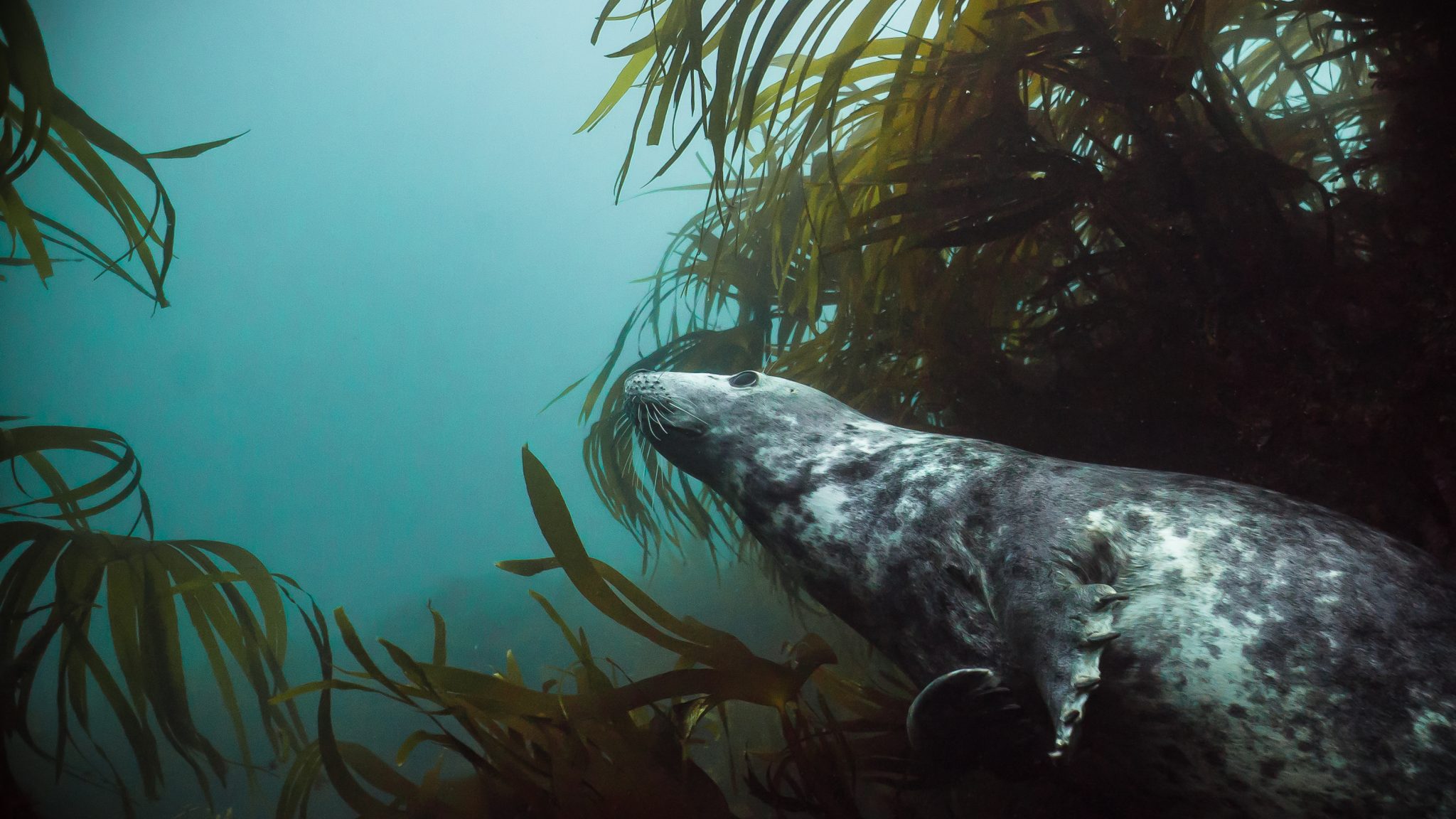
Easy Divers has been running guided dive trips to Lundy for nearly 10 years and offers dive equipment hire if required. Trips depart from the stunning harbour town of Ilfracombe in North Devon and Dolphins are often seen during the boat passage.
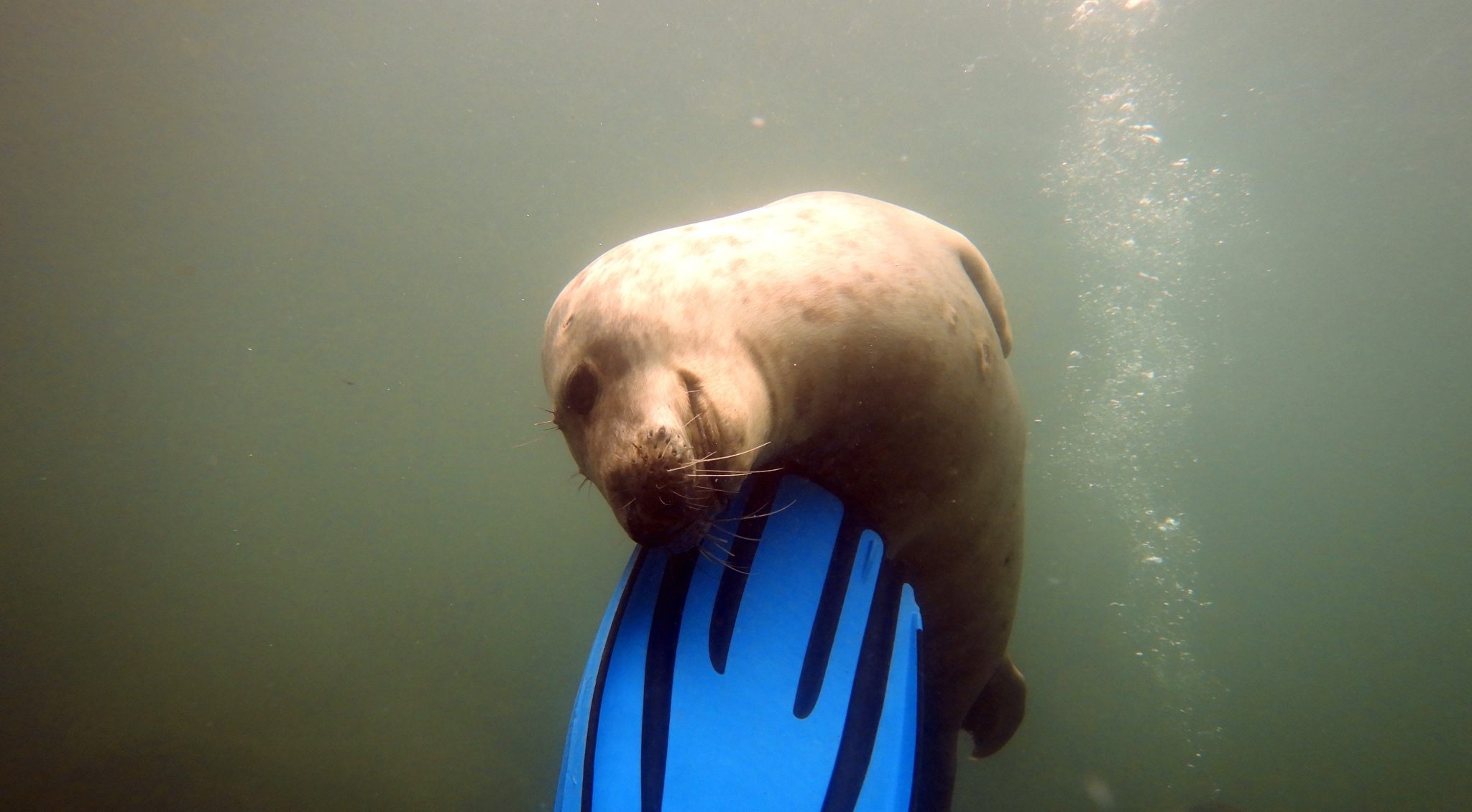
In addition to diving, Ilfracombe is a great base from which to hike the South West Coast Path, dip into surfing at the UK’s first World Surf reserve, enjoy other water sports or head to Exmoor National Park.
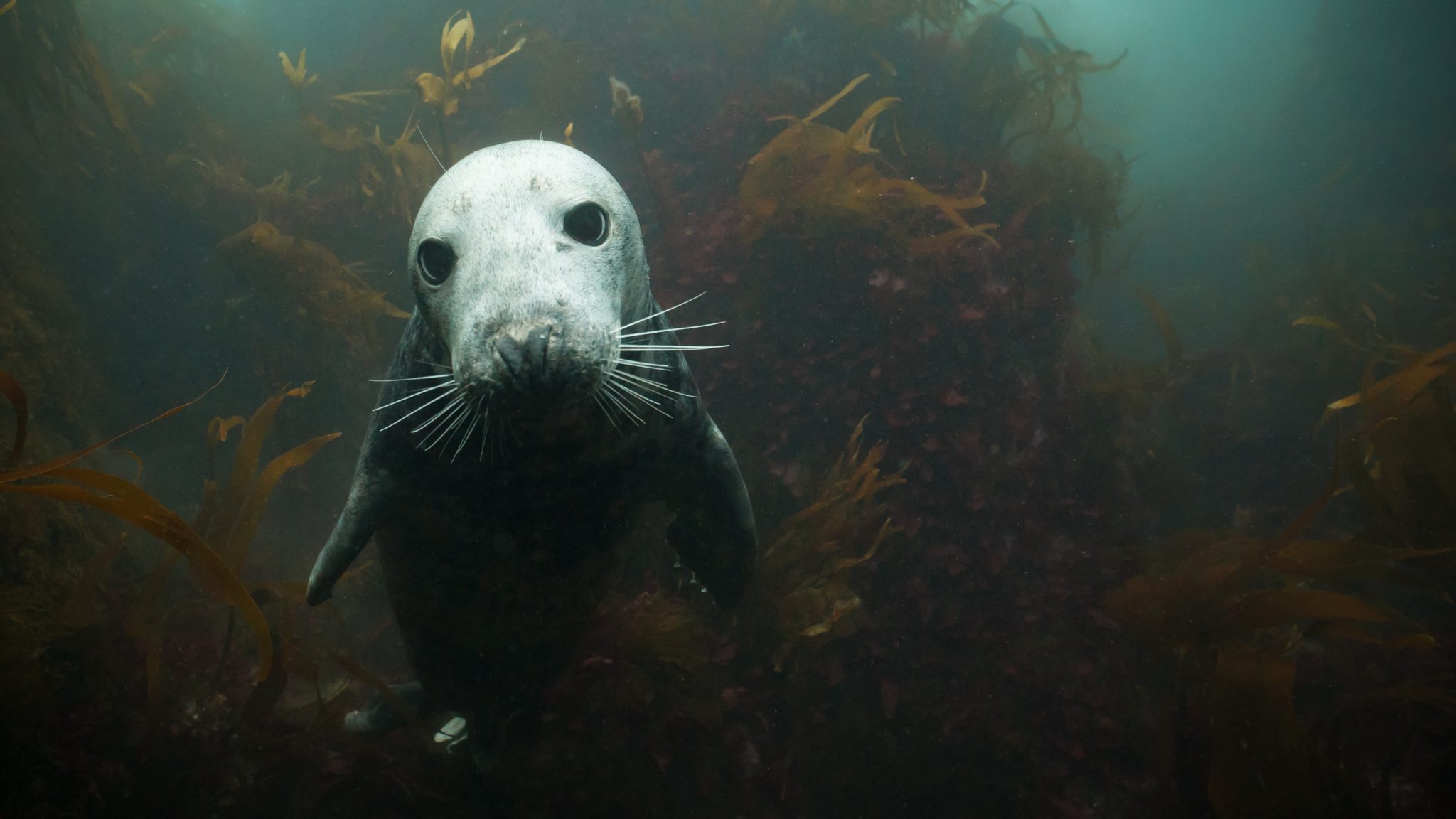
Easy Divers also runs a diver-friendly guest house, with a discount for diving customers and kit rinsing and drying facilities.
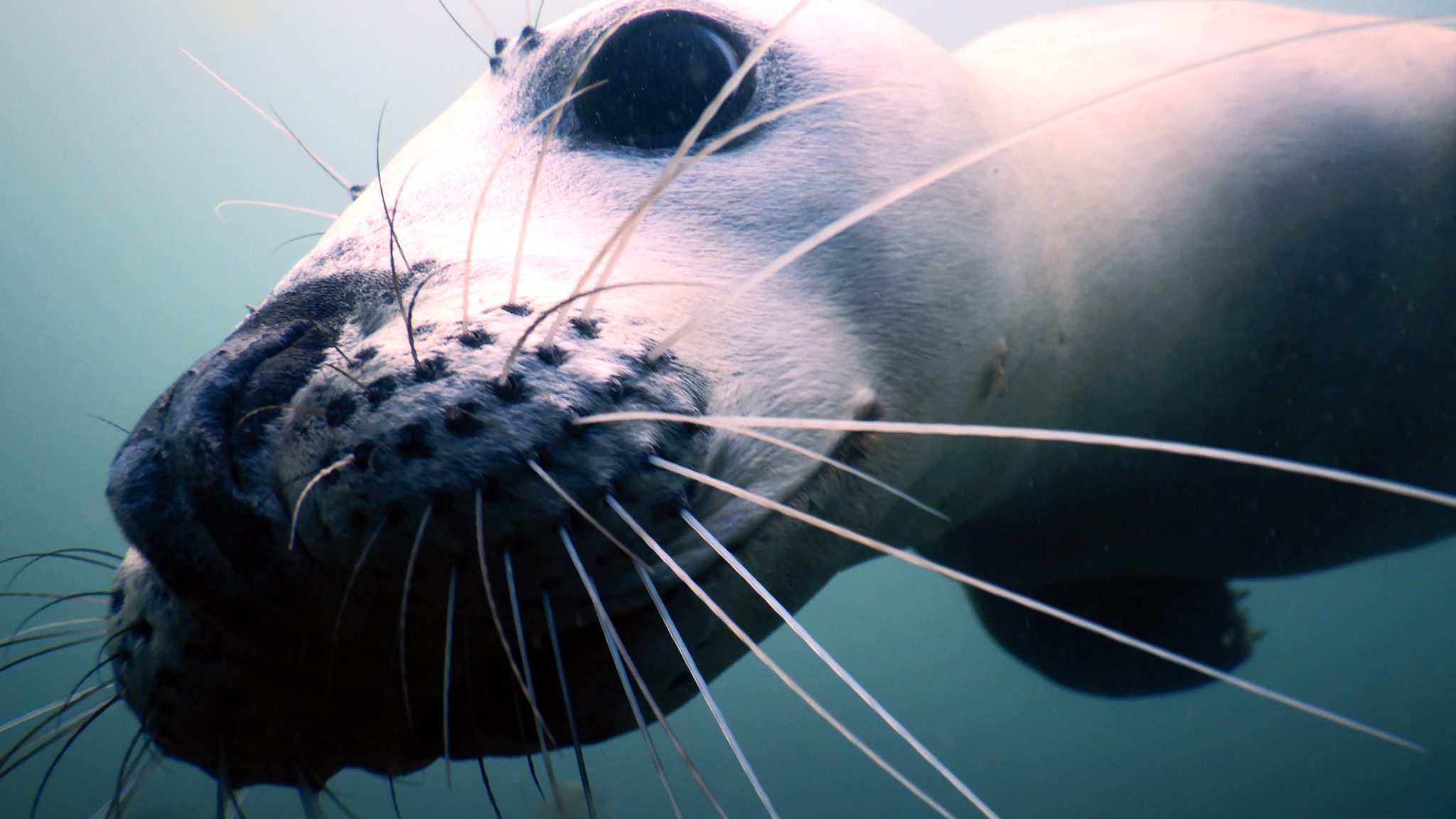
The Seal encounter dive sites are shallow and sheltered and are suitable for divers of all levels, making them a great introduction to British diving.
Exclusive Offer for Scubaverse Subscribers
Use your exclusive Scubaverse discount code scubaverse10% before the end of June and join us for a Seal encounter dive trip to Lundy Island, on any trip date with availability this Summer. Visit https://www.easydiversnorthdevon.co.uk/lundy-dive-trips/seal-encounter-dive-trips/ and enter code scubaverse10% at the on-line check out.
Trips book out well ahead, so book now to avoid disappointment. To save 10% on any 1 night stay at our guest house, please call 07833 020424. We offer free cancellation for divers who book a 1 night stay, if we have to re-schedule due to unsafe weather.
Join us for Britain’s best marine mammal diving experience!
Trips run from end of May to mid-October and are bookable via email at info@easydiversnorthdevon.co.uk, on-line via the Easy Divers website, www.easydiversnorthdevon.co.uk, or call 07833 020424 for more info
Blogs
Heading out on the water this Summer? Watch for manatees
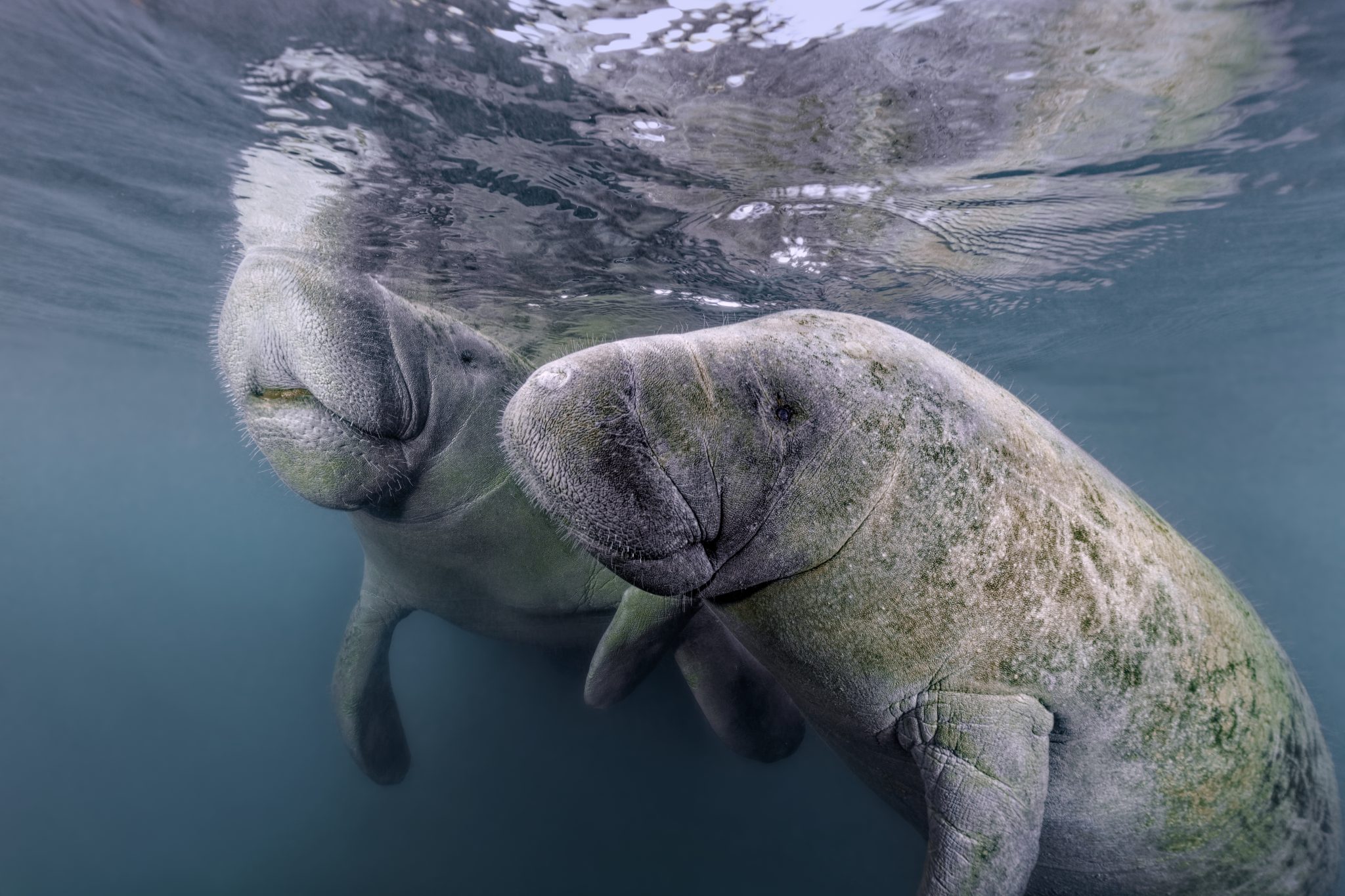
As National Safe Boating Week approaches, Save the Manatee® Club is urging boaters, and anyone that enjoys Florida’s waterways, to respect and protect the defenseless manatees that inhabit our shared waterways. From May 18 to 24, leading up to Memorial Day Weekend, the campaign aims to raise awareness about recreational boating safety and the importance of safeguarding imperiled manatees during the summer boating season. This week also emphasizes the importance of encouraging boaters to enroll in a boating safety course.
Manatees are semi-migratory marine mammals that are commonly found in shallow estuaries, bays, rivers, canals, and coastal areas throughout Florida and neighboring states. With some manatees venturing as far west as Texas and as far north as Massachusetts, collisions between these gentle giants and watercraft have become distressingly frequent. Boat propellers and high-speed collisions pose significant threats to manatees, often resulting in severe injuries or even death.
Save the Manatee Club is calling on all water enthusiasts to follow essential manatee safety tips to ensure the well-being of the imperiled manatee:
- Obey Speed Zone Signs: Familiarize yourself with and adhere to posted speed limits to prevent collisions with manatees.
- Reduce Glare with Polarized Sunglasses: Wear polarized sunglasses to enhance visibility and spot manatees below the water’s surface.
- Recognize Manatee Signs: Learn to identify signs of manatees in the area, such as swirls or flat spots on the water caused by their movements.
- Respect Manatee Sanctuaries: Keep a safe distance from posted manatee sanctuaries and avoid pursuing or harassing these marine mammals, as it is illegal and can disrupt their natural behaviors.
- Report Distressed Manatees: In Florida, promptly report distressed, injured, tagged, or orphaned manatees to the Florida Fish and Wildlife Conservation Commission (FWC) at 1-888-404-FWCC (3922). Outside of Florida, report sightings to the appropriate state agency or rescue organization. A list of agencies to contact is available at savethemanatee.org/report.
- Protect Seagrass Beds: Avoid boating over seagrass beds and shallow areas where manatees may be feeding. Stick to deep water channels while remaining vigilant, as manatees also utilize these channels during their travels.
- Dispose of Fishing Line Responsibly: Anglers should properly dispose of or recycle used fishing line to prevent entanglement hazards for manatees.
“Each year, National Safe Boating Week provides an excellent reminder for all of us to be aware that we share our waterways with vulnerable manatees,” emphasized Patrick Rose, Aquatic Biologist and Executive Director of Save the Manatee Club. “With the recent Unusual Mortality Event on Florida’s East Coast claiming an alarming number of manatees’ lives, it is more crucial than ever to prevent preventable deaths caused by watercraft collisions. By following manatee-safe boating guidelines, such as obeying speed zones and remaining vigilant for manatees, everyone on the water can contribute to the protection of these gentle giants.”
Save the Manatee Club offers a range of free materials to help safeguard manatees and raise awareness about manatee-safe boating practices. Shoreline property owners and park or marina managers can order aluminum dock signs to alert others about the presence of manatees in their areas. Boaters and paddlers can request packets containing a safety tips card, a waterproof boat banner, and a decal to display on their vessels, providing the number to report manatees in distress. To view and request these materials, visit savethemanatee.org/resources. Save the Manatee Club will also be hosting a live webinar for National Safe Boating Week on Tuesday, May 21st at 6pm EST. To register, visit savethemanatee.org/register.
-

 Gear Reviews1 month ago
Gear Reviews1 month agoGEAR REVIEW – Revolutionising Diving Comfort: The Sharkskin T2 Chillproof Suit
-

 Blogs2 months ago
Blogs2 months agoMurex Resorts: Passport to Paradise!
-

 Blogs3 weeks ago
Blogs3 weeks agoDive Indonesia Part 3: Dive into Lembeh Trip Report
-

 Blogs3 months ago
Blogs3 months agoDiver Discovering Whale Skeletons Beneath Ice Judged World’s Best Underwater Photograph
-

 News3 months ago
News3 months agoPADI Teams Up with Wellness Brand Neuro to Drive Ocean Change and Create a Blue State of Mind
-

 Blogs2 months ago
Blogs2 months agoSeagrass Awareness Month brings critical food source for Manatees to centre stage
-

 Marine Life & Conservation3 months ago
Marine Life & Conservation3 months agoSave the Manatee Club launches brand new webcams at Silver Springs State Park, Florida
-

 Blogs2 months ago
Blogs2 months agoSOMABAY: Scubaverse interviews Wolfgang Clausen, General Manager, ORCA Dive Clubs


